Home>Garden Essentials>How Long To Soak Broccoli Seeds For Sprouting
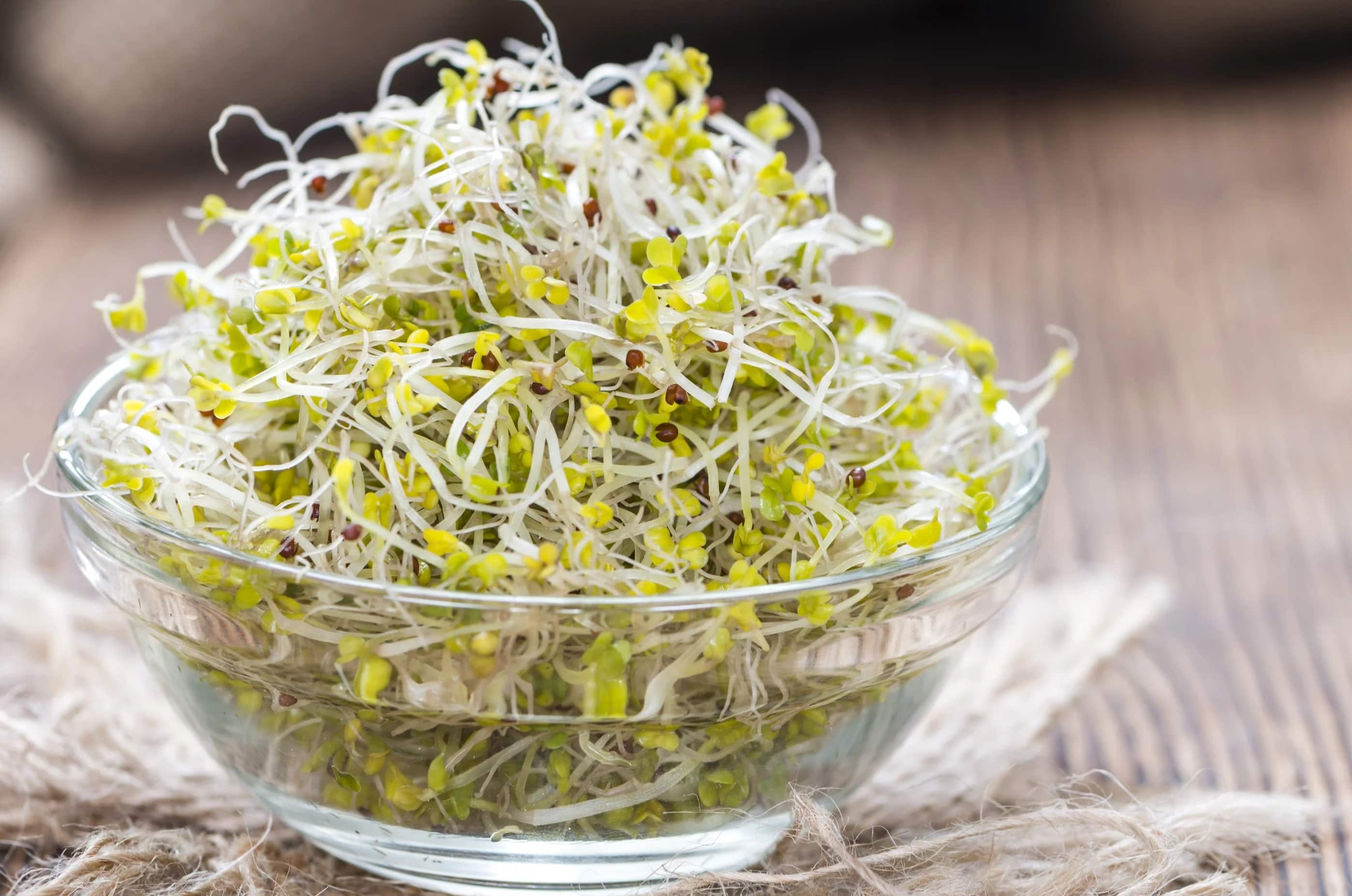

Garden Essentials
How Long To Soak Broccoli Seeds For Sprouting
Modified: March 15, 2024
Learn how long to soak broccoli seeds for sprouting in your garden. Discover the best techniques to ensure successful and healthy germination.
(Many of the links in this article redirect to a specific reviewed product. Your purchase of these products through affiliate links helps to generate commission for Storables.com, at no extra cost. Learn more)
Introduction
Welcome to the world of sprouting broccoli seeds! If you’re a gardening enthusiast or simply interested in incorporating nutritious foods into your diet, sprouting broccoli seeds is a fantastic way to do just that. Not only are sprouted broccoli seeds packed with essential vitamins and minerals, but they also offer a unique and delightful taste that can elevate various dishes.
In this article, we will explore the benefits of sprouting broccoli seeds, discuss how to properly prepare and soak them, and provide insight into the recommended soaking time. We will also explore different techniques and alternative methods for soaking broccoli seeds to help you find the approach that works best for you.
So, whether you’re a seasoned gardener or a novice looking to explore the wonders of sprouting seeds, join us on this educational journey to discover the incredible world of sprouted broccoli seeds and their many benefits.
Key Takeaways:
- Soaking broccoli seeds for 8-12 hours initiates the germination process, leading to fresh and nutritious sprouts with a delightful taste and numerous health benefits.
- Experiment with different soaking techniques and times to find the perfect balance of texture and taste for your sprouted broccoli seeds.
Read more: How Long For Broccoli Seeds To Sprout
Benefits of Sprouting Broccoli Seeds
Sprouting broccoli seeds offer a plethora of health benefits that make them a valuable addition to any diet. Let’s take a look at some of the key advantages:
- Nutrient Powerhouse: Sprouted broccoli seeds are rich in essential nutrients, including vitamins A, C, and K, as well as fiber and antioxidants. These nutrients can help boost your immune system, promote healthy digestion, and support overall well-being.
- Increased Bioavailability: Sprouting broccoli seeds improves their bioavailability, meaning that the body can absorb and utilize the nutrients more efficiently. This is especially true for minerals such as iron, zinc, and calcium, which become easier for the body to absorb during the sprouting process.
- Alkalizing Properties: Broccoli seeds, when sprouted, have alkalizing properties that help balance the body’s pH levels. This is particularly beneficial for individuals with acidic diets, as it can promote better overall health and reduce the risk of certain diseases.
- Detoxification Support: Sprouted broccoli seeds contain natural compounds known as glucosinolates, which have been shown to aid in detoxification processes in the body. These compounds help remove harmful toxins and promote liver health.
- Improved Digestion: The abundance of fiber in sprouted broccoli seeds supports healthy digestion and can help alleviate constipation. Incorporating sprouts into your diet can promote regular bowel movements and keep your digestive system in optimal condition.
- Anticancer Properties: Broccoli sprouts are renowned for their high concentration of sulforaphane, a compound with potent anticancer properties. Sulforaphane has been shown to inhibit the growth of cancer cells, reduce inflammation, and aid in the body’s natural defense against cancer.
By including sprouted broccoli seeds in your meals, you can reap these remarkable health benefits and take a significant step towards a healthier and more vibrant lifestyle.
Preparing Broccoli Seeds for Sprouting
Before you can begin the sprouting process, it’s important to properly prepare the broccoli seeds. Here are some steps to follow:
- Source High-Quality Seeds: Start by selecting high-quality broccoli seeds from a trusted source. Look for organic, non-GMO seeds to ensure the best results.
- Cleanse the Seeds: It’s essential to cleanse the broccoli seeds before soaking them to remove any dirt or debris. Rinse the seeds thoroughly under cool running water, using a strainer or fine mesh sieve.
- Disinfect the Seeds: To help prevent the growth of harmful bacteria or fungi during the soaking process, you can disinfect the broccoli seeds. This can be done by soaking them in a mixture of water and food-grade hydrogen peroxide (one tablespoon per cup of water) for 10-15 minutes. Rinse the seeds again after disinfecting.
- Select the Right Container: Choose a container that allows for proper drainage and airflow. A shallow dish or tray with small holes or a specialized sprouting container with trays are common options. Whatever container you choose, make sure it is clean and sanitized.
- Moisten the Growing Medium: Before placing the broccoli seeds, it’s crucial to moisten the growing medium. Depending on your preference, you can use soil, coconut coir, or a sterile paper towel. Ensure that the medium is wet but not soaking wet.
- Sow the Seeds: Scatter the pre-soaked and drained broccoli seeds evenly onto the moistened growing medium. Make sure they are spread out to avoid overcrowding, which can lead to mold or mildew growth.
- Cover and Protect: Place a breathable cover or lid over the container to create a dark and humid environment. This mimics the ideal conditions for seed germination. You can also use a kitchen towel or plastic wrap with small holes to allow for airflow.
- Choose the Ideal Location: Find a location that provides indirect light and a consistent temperature of around 70°F (21°C) for optimal germination. Avoid placing the seeds in direct sunlight, as this can cause excessive heat and hinder germination.
By following these simple steps to prepare your broccoli seeds for sprouting, you’ll ensure a successful and healthy germination process. Now that the seeds are ready, let’s explore the factors to consider when soaking the broccoli seeds.
Factors to Consider when Soaking Broccoli Seeds
When it comes to soaking broccoli seeds for sprouting, there are several important factors to consider. Let’s take a look at each one:
- Seed Quality: The quality of the broccoli seeds will directly impact the soaking process and subsequent sprout growth. Ensure you have obtained fresh, viable seeds from a reputable source to maximize the chances of successful sprouting.
- Water Quality: The water you use for soaking the seeds should be clean and free from contaminants. If you have concerns about the quality of your tap water, consider using filtered or distilled water. Avoid using chlorinated water as it may negatively affect germination.
- Soaking Container: The container in which you soak the broccoli seeds should be clean and food-safe. Glass jars or bowls are commonly used, but any container with sufficient depth and good drainage will work. Ensure the container is properly sanitized to prevent the growth of harmful bacteria.
- Soaking Time: The duration for which you soak the broccoli seeds depends on various factors such as seed quality, temperature, and personal preference. The recommended soaking time typically ranges from 6 to 12 hours. Experiment with different soaking times to find the balance that produces the desired sprout texture and taste.
- Temperature: The temperature at which you soak the broccoli seeds can influence the sprouting process. Most seeds prefer a temperature range between 68°F (20°C) and 72°F (22°C) for optimal results. Keep the soaking container in a location with a stable temperature to promote uniform sprouting.
- Aeration: Proper aeration is crucial during the soaking process to prevent the seeds from becoming waterlogged and developing mold or fungal growth. Ensure there is sufficient airflow around the seeds by using a breathable lid or cover with small holes, allowing gases to escape.
- Rinsing: Though it may seem counterintuitive, rinsing the broccoli seeds while they soak can help remove any residue and improve hydration. Gently flush the seeds with clean water once or twice during the soaking process to ensure optimal conditions for sprouting.
- Experimentation: Every gardener and sprouter has unique preferences and environmental conditions. Don’t be afraid to experiment with different soaking techniques, containers, and durations to find the method that works best for you and yields the desired results.
By considering these factors and tailoring the soaking process to your specific needs, you can maximize the success and quality of your sprouted broccoli seeds. Now, let’s explore the recommended soaking time for broccoli seeds.
Soak broccoli seeds for sprouting for 8-12 hours in room temperature water. Rinse and drain the seeds twice a day until they sprout, usually within 3-5 days.
Recommended Soaking Time for Broccoli Seeds
The soaking time for broccoli seeds is an important factor in the sprouting process as it influences the texture, taste, and nutritional profile of the sprouts. While there is some flexibility in the soaking time, a general guideline is to soak broccoli seeds for approximately 8 to 12 hours.
Soaking the broccoli seeds for this duration allows them to fully hydrate and initiate the germination process. During this time, the outer layer of the seed absorbs water and begins to soften, making it easier for the sprout to emerge. The soaking time may vary depending on various factors, including seed freshness, temperature, and personal preference.
If you prefer crisper sprouts, you can opt for a shorter soaking time of around 6 to 8 hours. This will result in sprouts that have a slight crunch and retain more of their raw flavor. On the other hand, if you prefer softer and more tender sprouts, you can extend the soaking time to 12 to 14 hours or even up to 24 hours. Keep in mind that longer soaking times may result in sprouts with a milder taste and slightly reduced nutritional content.
It’s important to note that soaking times exceeding 24 hours may lead to over-soaking and waterlogging of the seeds, which can hinder germination and promote the growth of mold or bacteria. Therefore, it is advisable to stay within the recommended soaking time range to ensure optimal results.
Keep in mind that the environmental conditions, such as temperature and humidity, can impact the soaking time. Warmer temperatures generally accelerate the soaking process, while cooler temperatures may require longer soaking times. Additionally, it’s important to monitor the seeds during soaking to ensure they remain well-hydrated but not oversaturated.
Remember that soaking broccoli seeds is only the initial step in the sprouting process. After soaking, the seeds should be rinsed thoroughly and transferred to a sprouting tray or other suitable growing medium to continue the sprouting process. Regular rinsing and proper airflow are essential for healthy sprout development.
By following the recommended soaking time and closely monitoring the seeds, you’ll set the stage for successful sprouting and enjoy the fresh, nutritious sprouts that broccoli seeds can produce.
Read more: How Long For Seeds To Sprout
Techniques for Soaking Broccoli Seeds
When it comes to soaking broccoli seeds for sprouting, there are several techniques you can employ to ensure optimal hydration and germination. Let’s explore some of these techniques:
- Basic Soaking: The simplest and most common technique is basic soaking. Start by placing the desired amount of broccoli seeds in a clean container. Add enough filtered or distilled water to submerge the seeds completely. Cover the container with a breathable lid or cover with small holes to allow for airflow. Let the seeds soak for approximately 8 to 12 hours, ensuring they stay hydrated during the soaking period.
- Warm Water Soak: To accelerate the soaking process, you can use warm water instead of room temperature water. Warm water can help speed up the seed’s absorption of water and initiate the germination process. However, it’s essential to avoid using water that is too hot, as it may damage the seeds. Aim for a water temperature around 100°F (38°C) for best results.
- Pre-Soaking and Sprouting: Another technique involves pre-soaking the broccoli seeds for a shorter period, such as 2 to 3 hours, followed by transferring them to a sprouting tray or other suitable growing medium. This technique allows the seeds to continue hydrating and germinating in a more controlled environment, promoting healthier and more consistent sprout growth.
- Multiple Soakings: For individuals who desire maximum hydration and tenderness, multiple soakings can be employed. This technique entails soaking the broccoli seeds for a shorter period, such as 4 to 6 hours, draining the water, and then repeating the soaking process one or two more times. Each subsequent soaking ensures continuous hydration and enhances the sprouts’ tenderness.
- Seed Activators: Some sprout enthusiasts use seed activators to enhance the soaking and germination process. Seed activators are natural substances that stimulate seed growth and can include apple cider vinegar, liquid kelp, or liquid seaweed extract. Adding a small amount of seed activator to the soaking water can help promote healthier sprout development.
- Fermentation: Fermentation is a unique technique used by some sprouting enthusiasts to enhance flavor and promote nutrient absorption. After the initial soaking, the seeds are transferred to a fermentation jar, filled with water, and left at room temperature for a specified period. This process can take two to three days and involves regular rinsing and draining to prevent mold growth. Fermented sprouts have a tangy flavor and may offer additional health benefits.
Experiment with these soaking techniques to find the method that suits your preferences and yields the sprouts you desire. Remember to monitor the seeds during soaking, ensuring they stay hydrated and free from mold or bacterial contamination. Following the soaking process, transfer the seeds to a suitable sprouting medium and continue the sprouting journey.
Now that you’re familiar with various soaking techniques, let’s explore alternative methods for soaking broccoli seeds.
Alternative Methods for Soaking Broccoli Seeds
In addition to the traditional soaking techniques, there are alternative methods you can explore to soak broccoli seeds for sprouting. These methods offer a unique twist and may provide different results. Let’s dive into these alternative methods:
- Blanching: Blanching involves quickly immersing the broccoli seeds in boiling water for a brief period, usually around 30 seconds to 1 minute. This method can help soften the outer layer of the seed and facilitate faster hydration during the soaking process. After blanching, transfer the seeds to a container filled with cool water and proceed with the soaking step, following the recommended soaking time.
- Hydrogen Peroxide Soak: Some sprouters use a hydrogen peroxide soak to enhance seed sterilization and promote healthy sprout growth. After rinsing the seeds, mix one teaspoon of food-grade hydrogen peroxide with four cups of water. Soak the seeds in this solution for approximately 5 to 10 minutes before draining and proceeding with the regular soaking process. This method can help prevent the growth of harmful bacteria or fungi.
- Mason Jar Sprouting: If you prefer a more hands-on approach, you can try sprouting the broccoli seeds directly in a mason jar. Start by rinsing the seeds thoroughly and transferring them to a clean and sanitized mason jar. Fill the jar with enough water to fully cover the seeds, covering the top with a breathable sprouting lid or a piece of cheesecloth secured with a rubber band. Tilt the jar at an angle to allow excess water to drain. Rinse and drain the seeds twice a day until they have sprouted to the desired length.
- Strainer or Cloth Bag Soaking: Instead of using a container, you can soak the broccoli seeds in a strainer or a cloth bag. Rinse the seeds under running water, then place them in a strainer or a cloth bag made of breathable material. Submerge the strainer or bag in a bowl or basin of water, ensuring the seeds are fully covered. Allow the seeds to soak for the recommended duration, then lift the strainer or bag out of the water to drain. This method simplifies the rinsing and draining process.
- Seaweed Soak: For an added boost of nutrients and flavor, consider soaking the broccoli seeds in a solution of seaweed extract. Seaweed is rich in minerals and trace elements that can enhance the nutritional profile of the sprouts. Simply mix a small amount of liquid seaweed extract with water according to the product instructions and soak the seeds as usual. This method can provide an extra layer of nourishment to your sprouts.
- Stacking Method: If you have limited space or want to sprout larger quantities of broccoli seeds, the stacking method can be an efficient alternative. This technique involves using multiple trays stacked on top of each other. After the initial soak, distribute the seeds evenly on the bottom tray. Drizzle the seeds with water to keep them moist, then stack another tray on top. Continue this process until all the trays are stacked. The weight of the trays helps to compress the sprouts, resulting in dense and crunchy sprouts.
Exploring these alternative methods can add variety to your sprouting experience and allow you to find the approach that best suits your preferences and needs. Remember to monitor the seeds closely during soaking and sprouting to ensure they remain hydrated and free from contamination.
With your broccoli seeds soaked and ready, you can now proceed to the sprouting stage, where you’ll witness the growth and transformation of these tiny seeds into fresh and nutritious sprouts.
Conclusion
Embarking on the journey of sprouting broccoli seeds opens up a world of possibilities for adding nutritious and delicious sprouts to your diet. With the right knowledge and techniques, you can harness the benefits of sprouted broccoli seeds and elevate your meals to new heights.
In this article, we explored the numerous benefits of sprouting broccoli seeds, including their nutrient density, increased bioavailability, alkalizing properties, detoxification support, improved digestion, and potential anticancer properties. Incorporating sprouted broccoli seeds into your diet can have a positive impact on your overall health and well-being.
Preparing broccoli seeds for sprouting involves proper cleansing, disinfecting, choosing the right container, and ensuring the growing medium is moistened. Taking these steps lays the foundation for successful sprout germination and growth.
Factors to consider when soaking broccoli seeds include seed quality, water quality, soaking container, soaking time, temperature, aeration, rinsing, and experimentation. By taking these factors into account, you can customize the soaking process to achieve the desired texture and taste for your sprouts.
We explored various soaking techniques, such as basic soaking, warm water soaking, pre-soaking and sprouting, multiple soakings, seed activators, and fermentation. Each technique offers a unique approach to soaking and can result in different sprouting outcomes, allowing you to find the method that aligns with your preferences.
Additionally, alternative methods for soaking broccoli seeds, including blanching, hydrogen peroxide soak, mason jar sprouting, strainer or cloth bag soaking, seaweed soak, and the stacking method, provide additional options for sprouting that may suit different needs and preferences.
As you venture into the world of sprouting broccoli seeds, don’t be afraid to experiment and find the techniques that work best for you. Monitor the seeds throughout the soaking and sprouting process, ensuring they stay well-hydrated and free from contaminants.
By incorporating these practices into your sprouting routine, you can enjoy the fresh and nutritious sprouts that broccoli seeds have to offer. Sprouted broccoli seeds add a burst of flavor, texture, and health benefits to salads, sandwiches, stir-fries, and other dishes.
So, whether you’re new to sprouting or a seasoned pro, embrace the art of sprouting broccoli seeds and discover the joy of growing your own nutrient-rich sprouts right at home. Happy sprouting!
Frequently Asked Questions about How Long To Soak Broccoli Seeds For Sprouting
Was this page helpful?
At Storables.com, we guarantee accurate and reliable information. Our content, validated by Expert Board Contributors, is crafted following stringent Editorial Policies. We're committed to providing you with well-researched, expert-backed insights for all your informational needs.
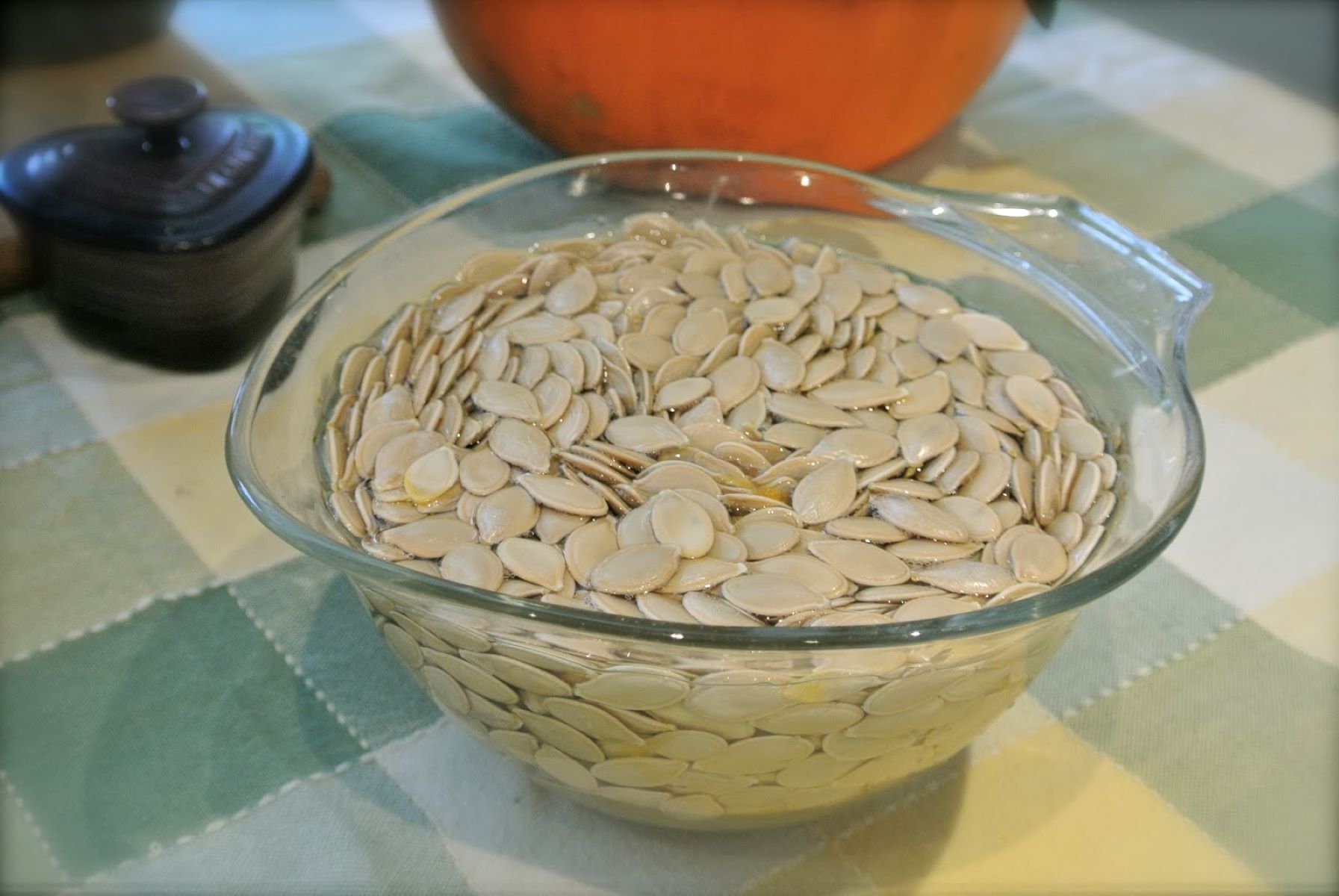
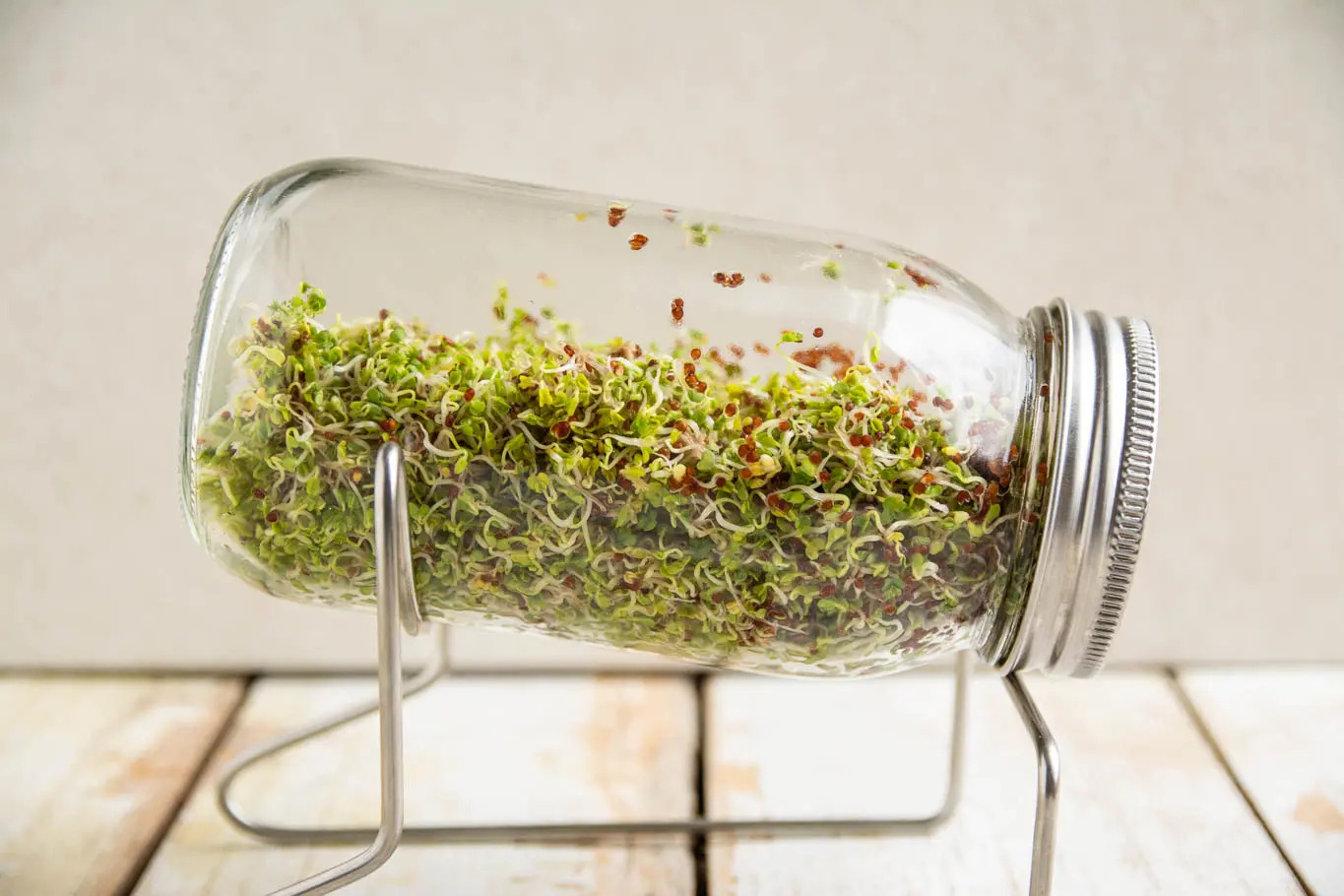
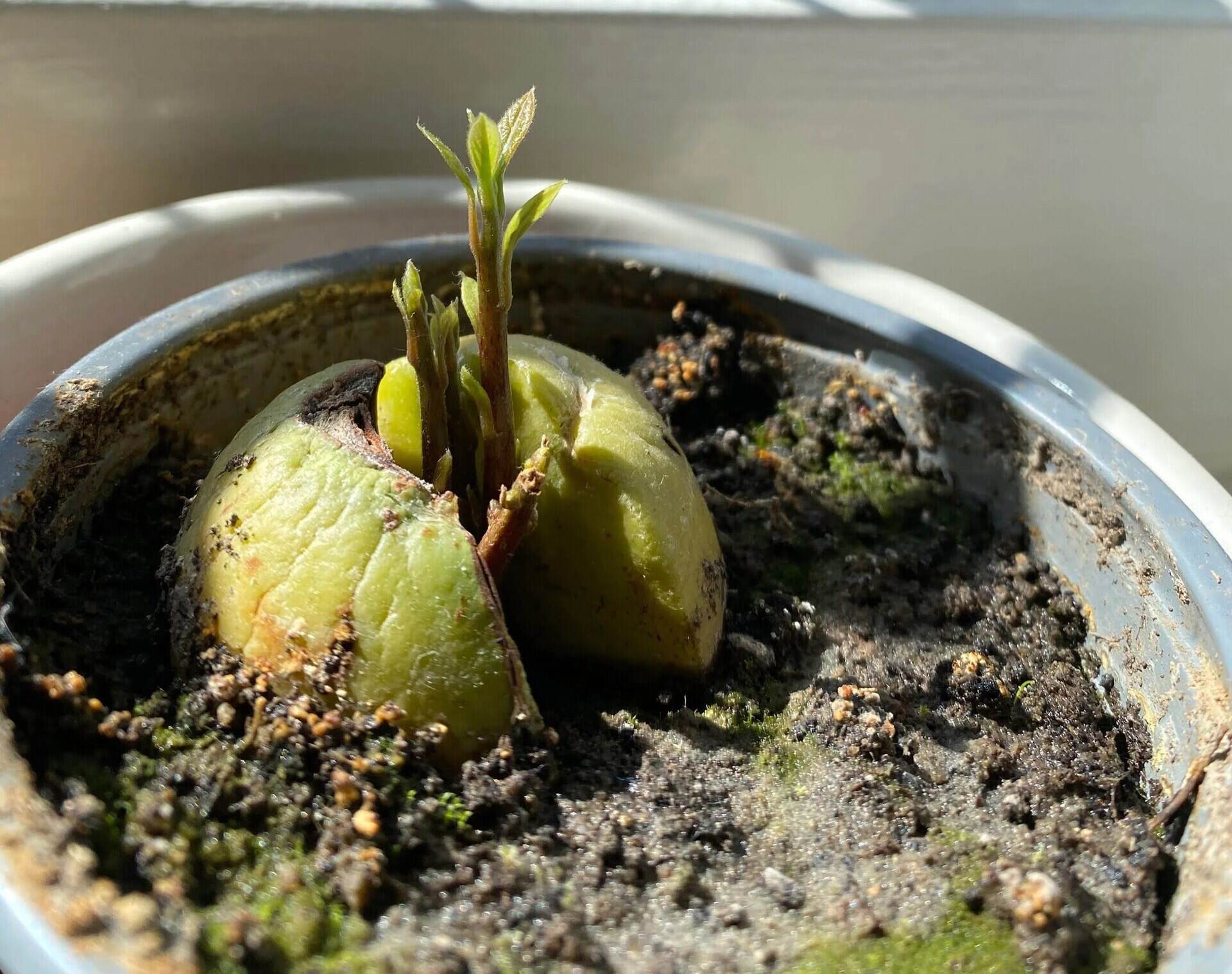
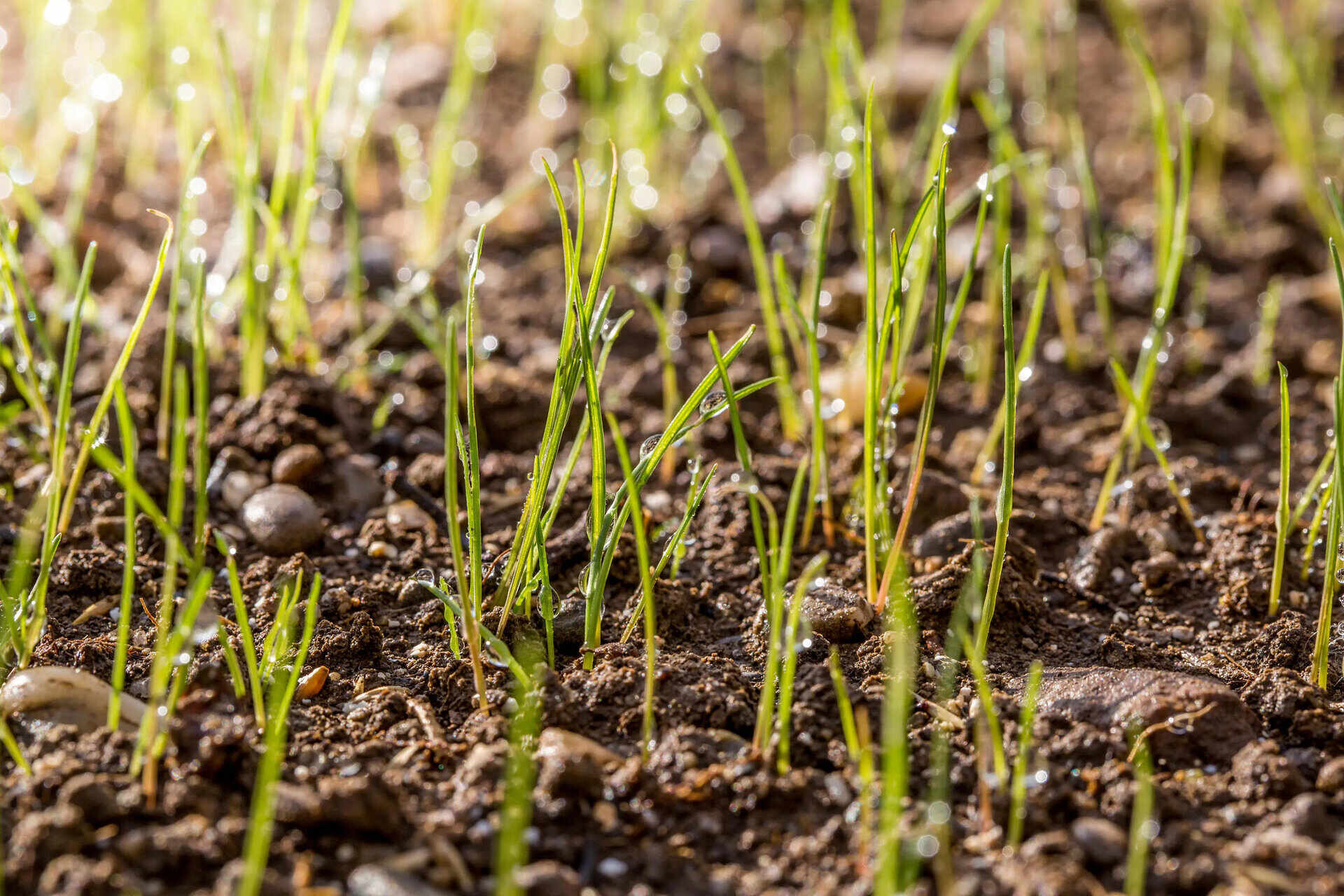
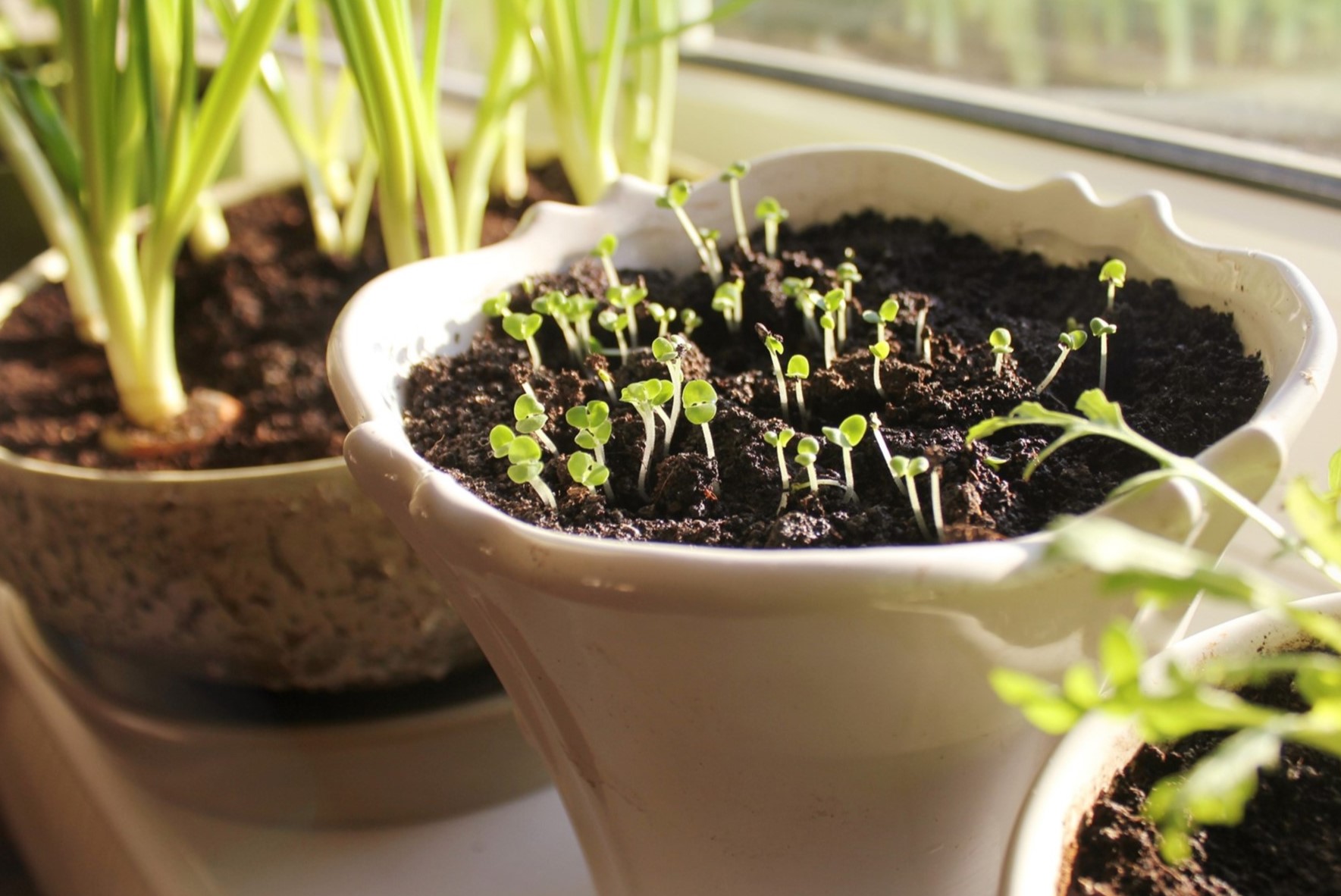
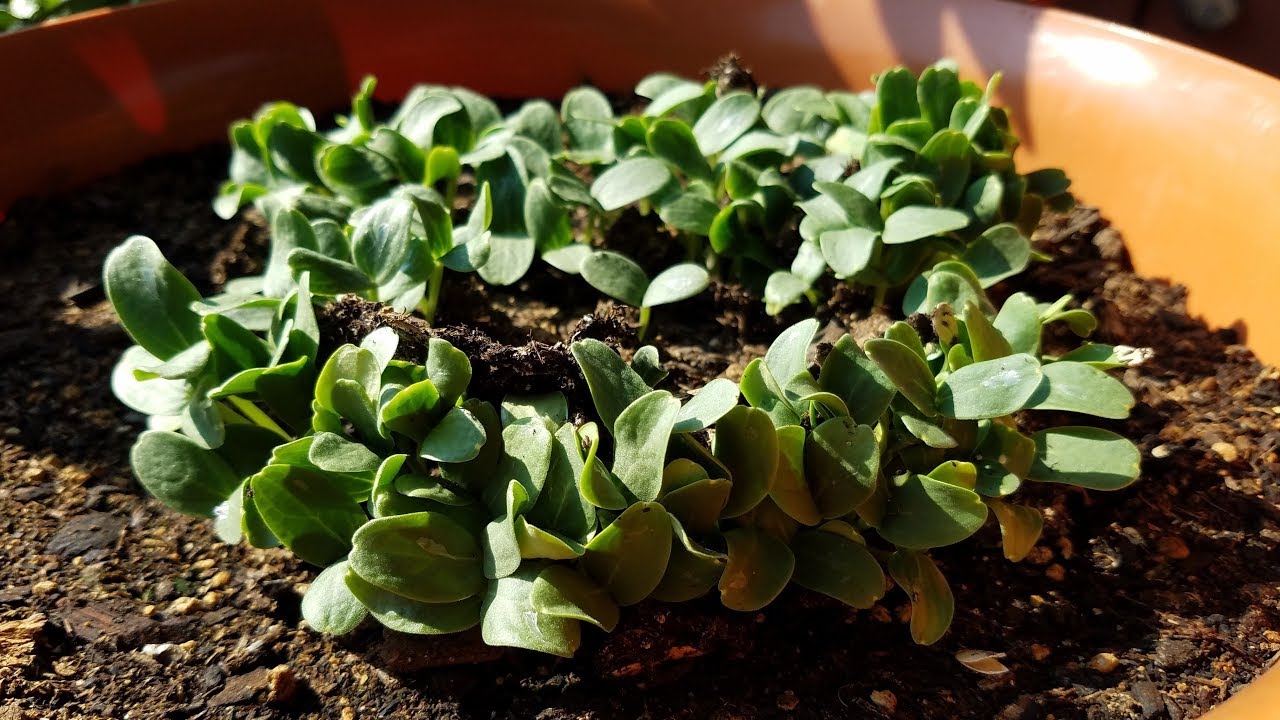
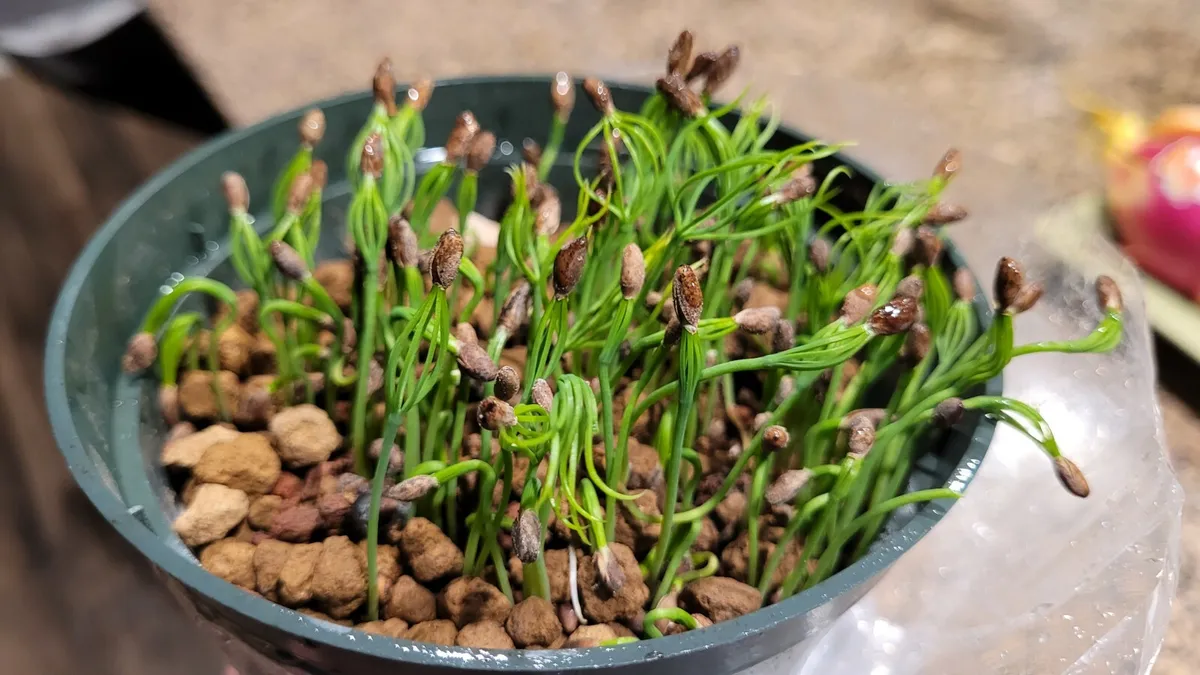
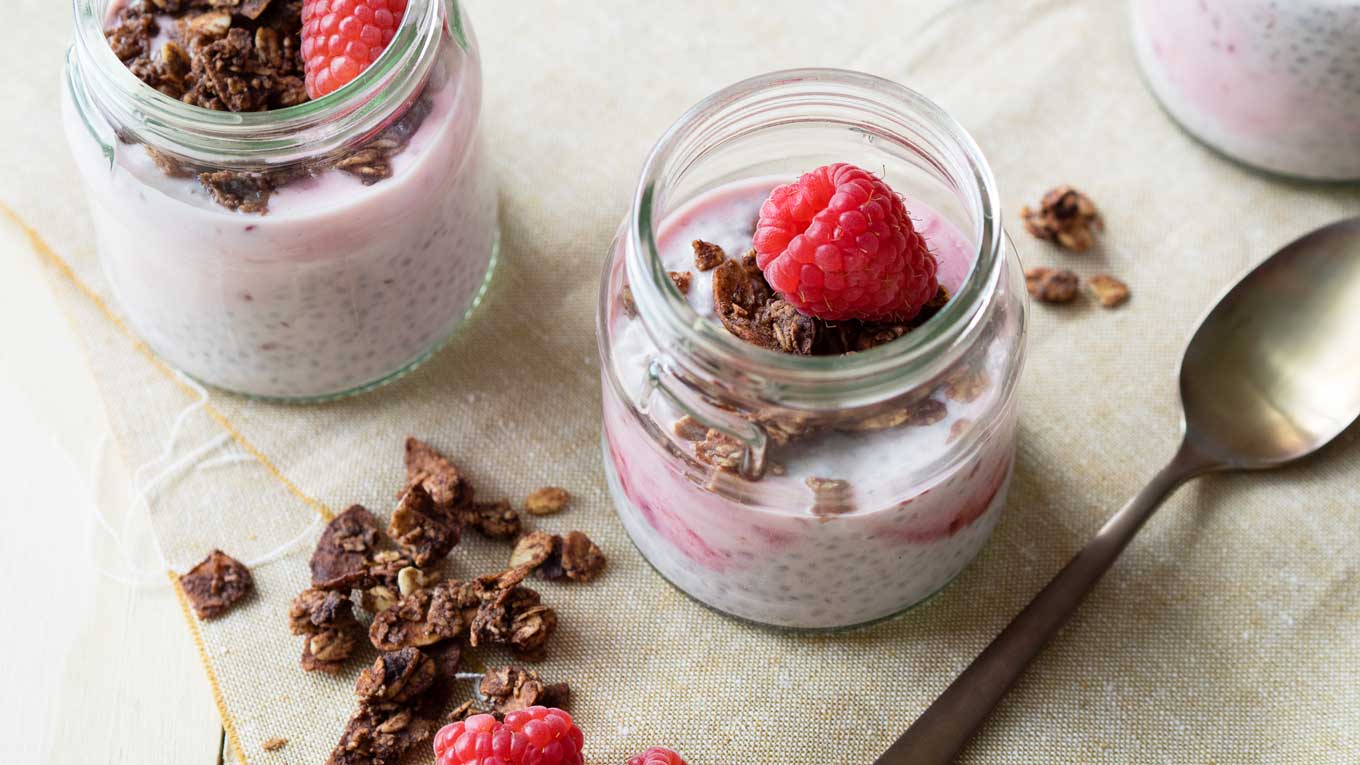
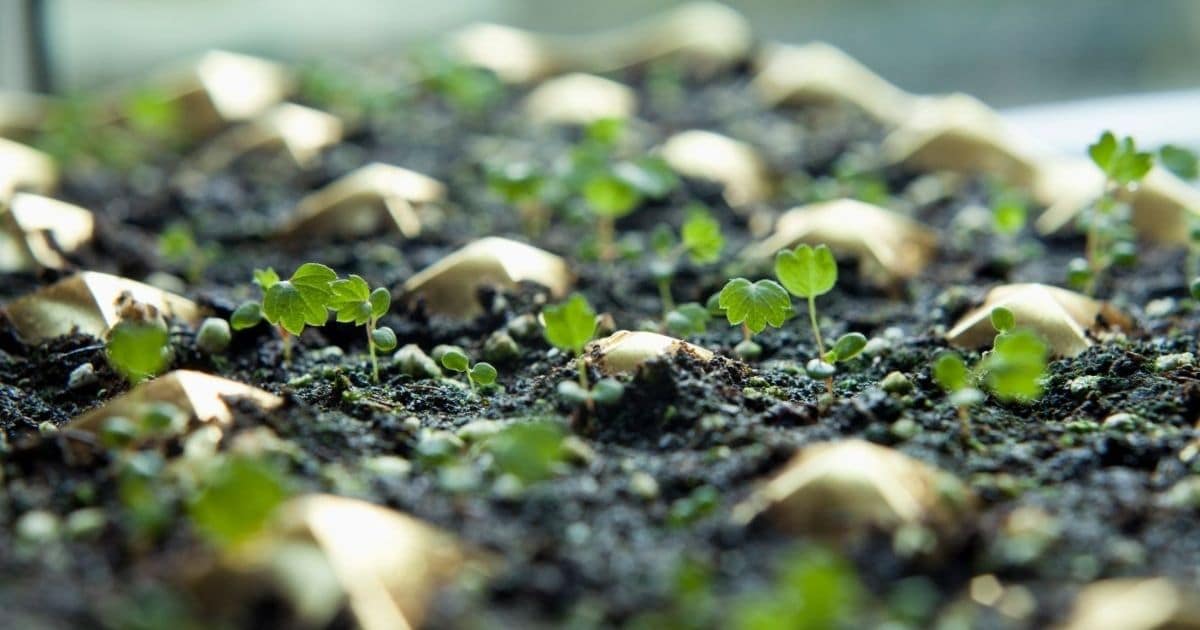
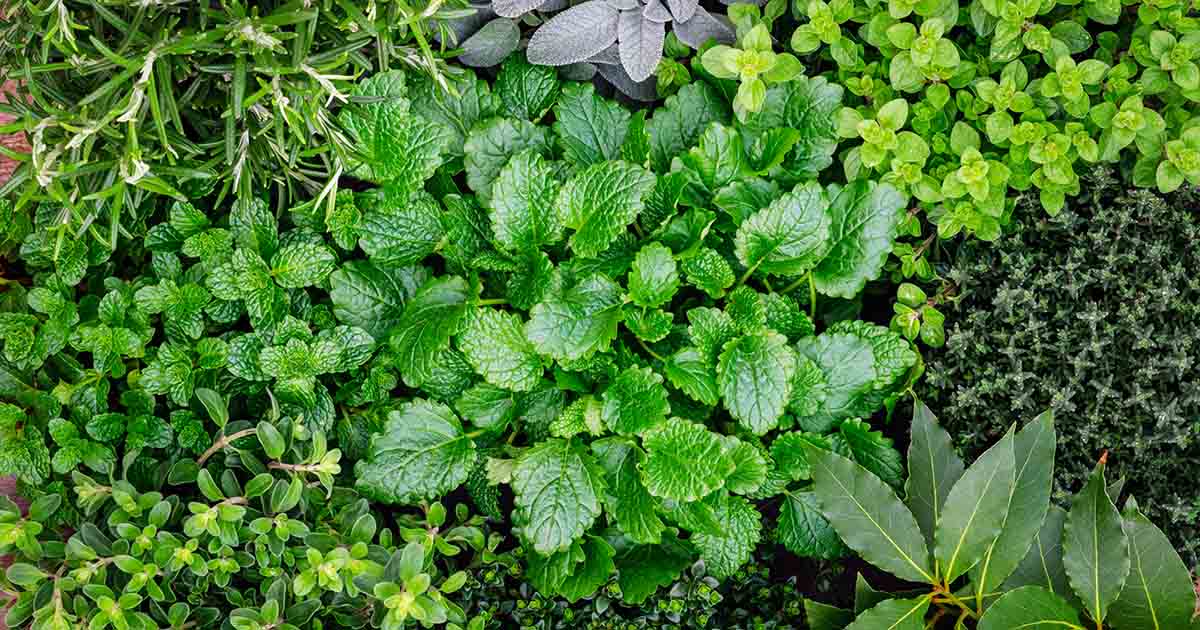
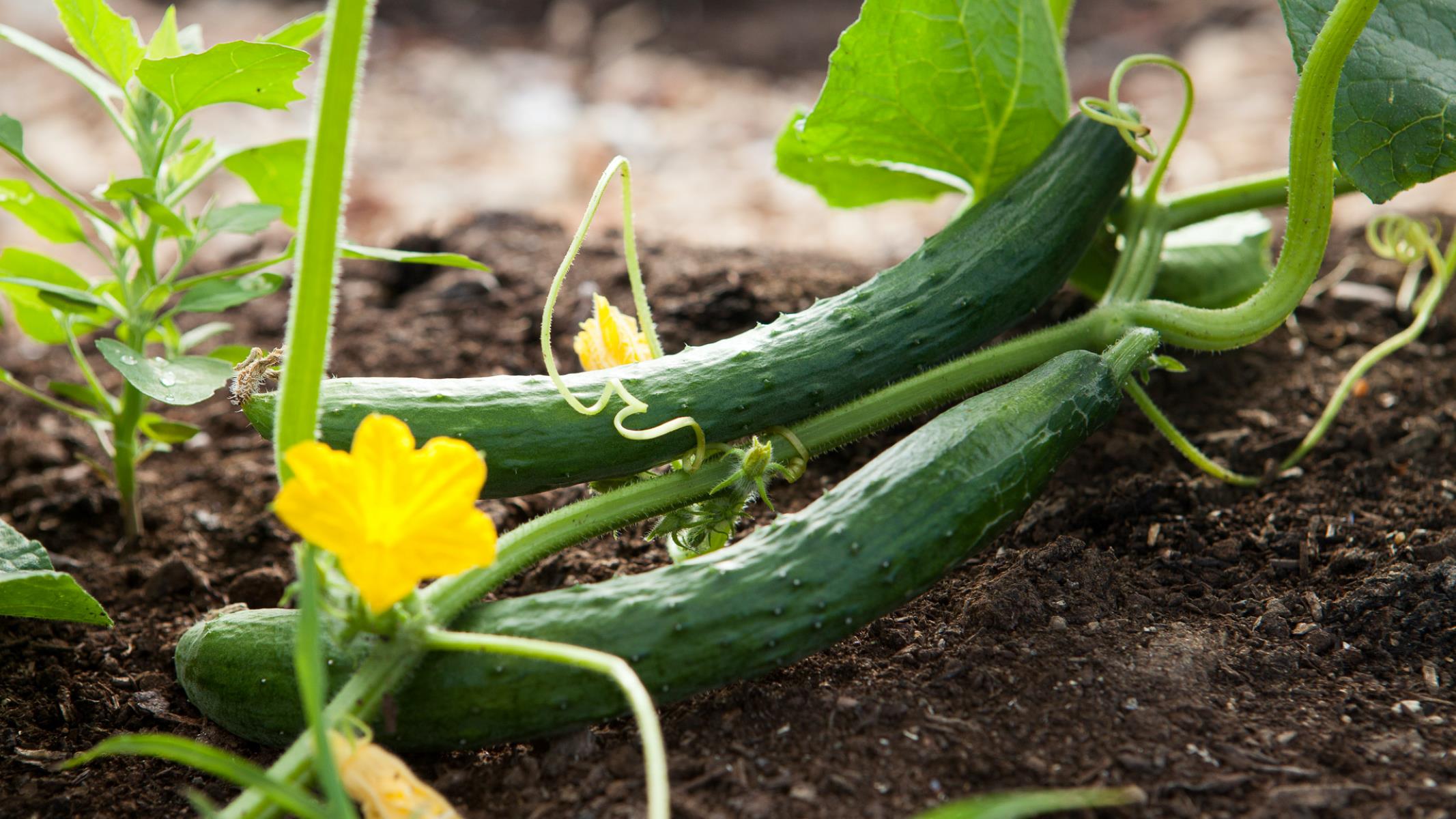
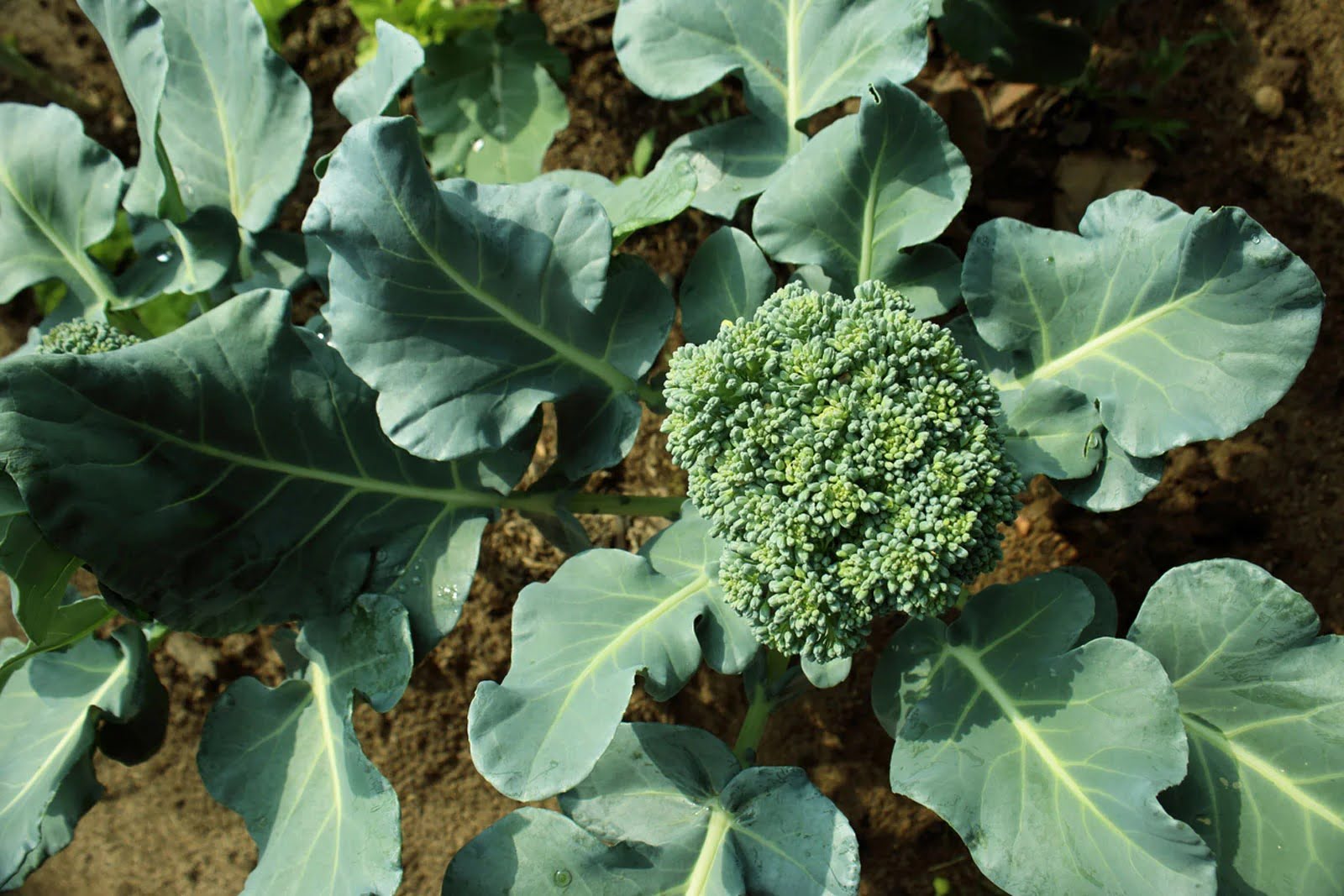
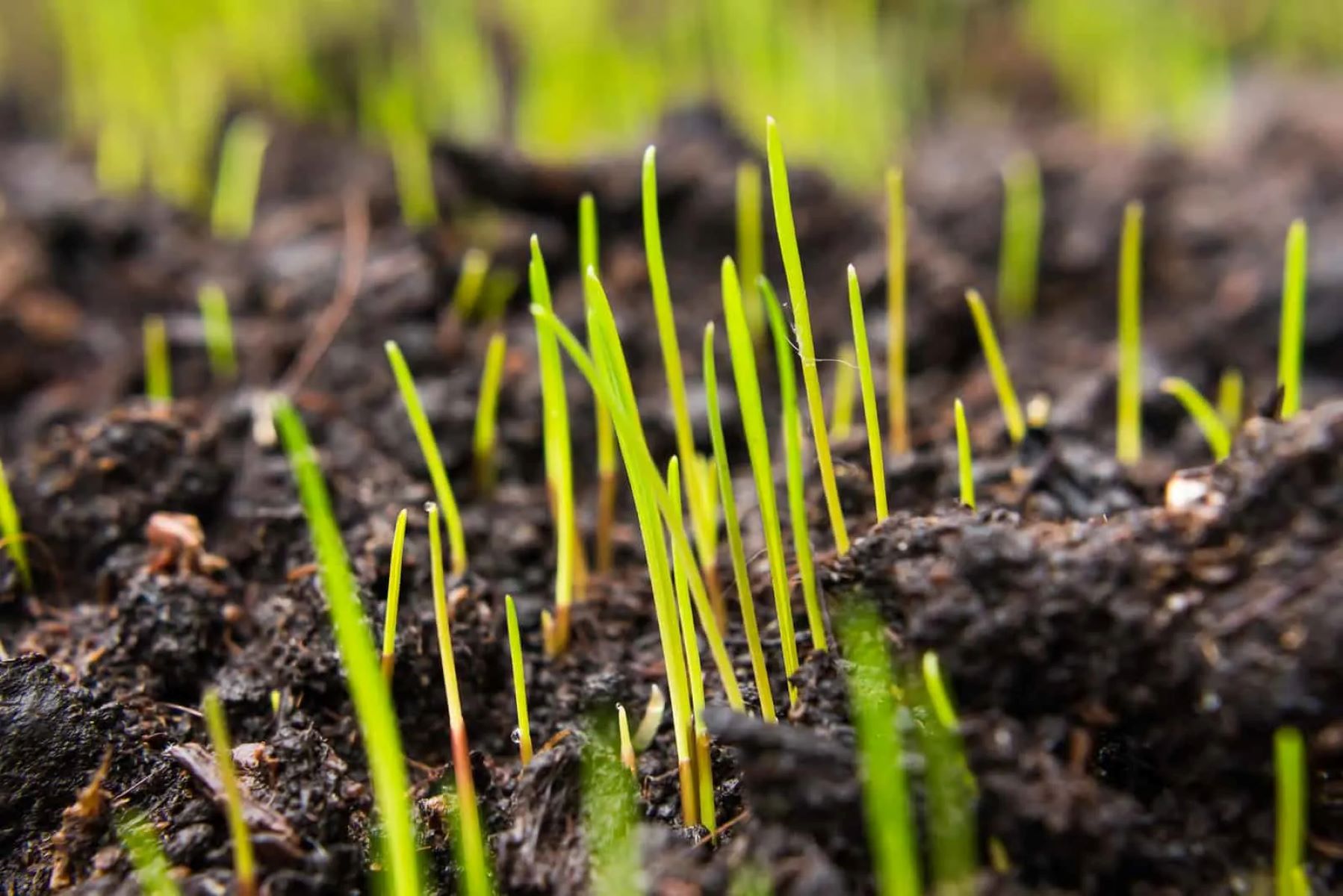
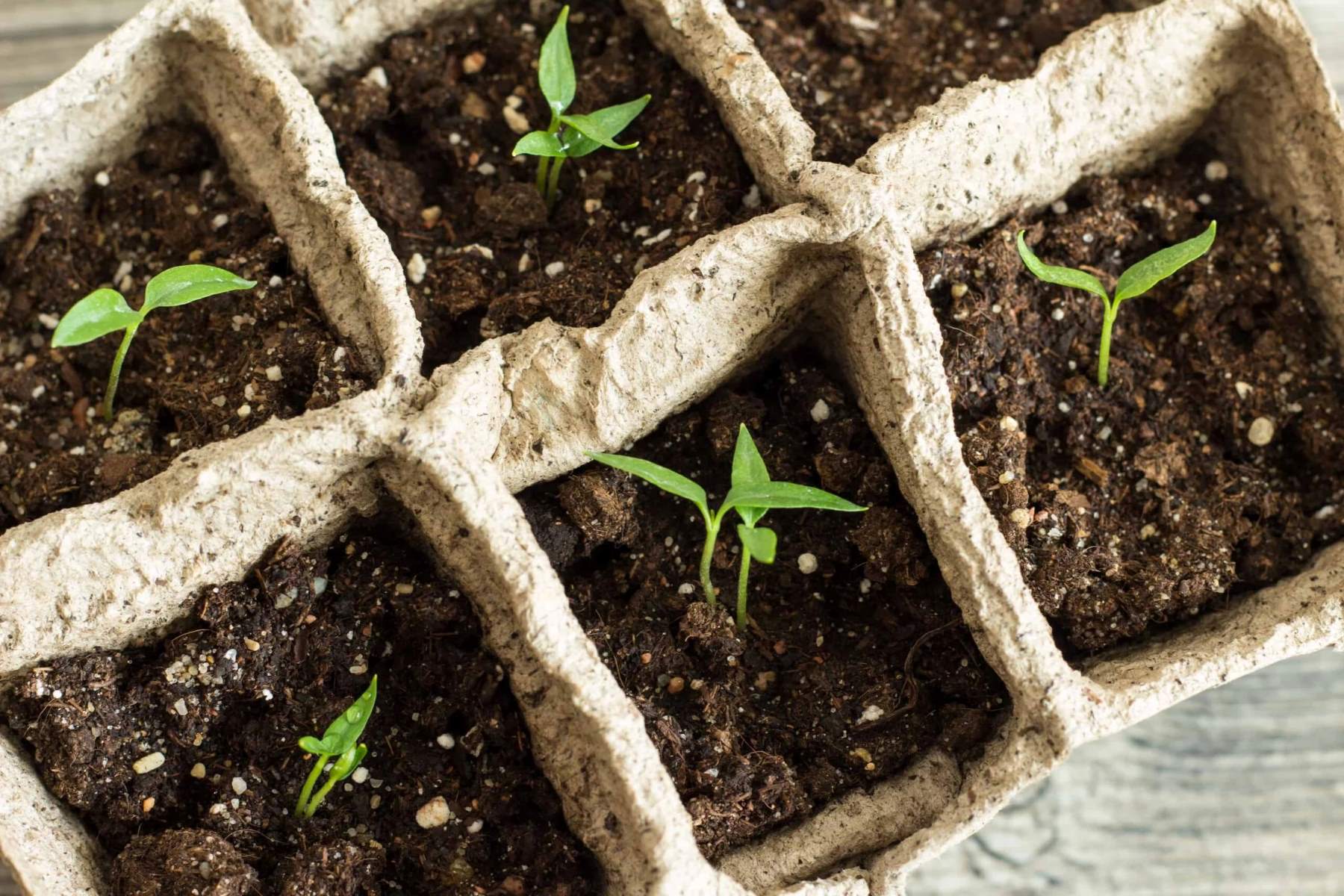

0 thoughts on “How Long To Soak Broccoli Seeds For Sprouting”